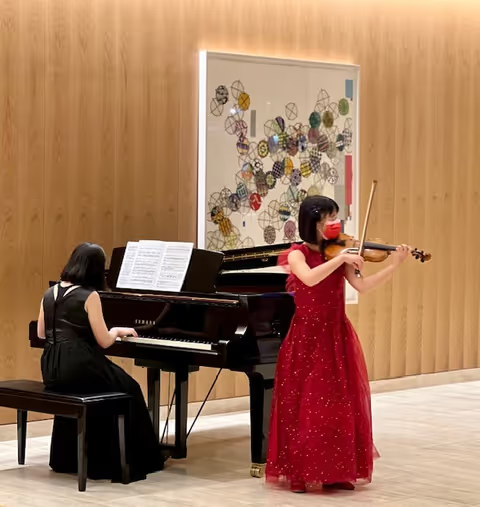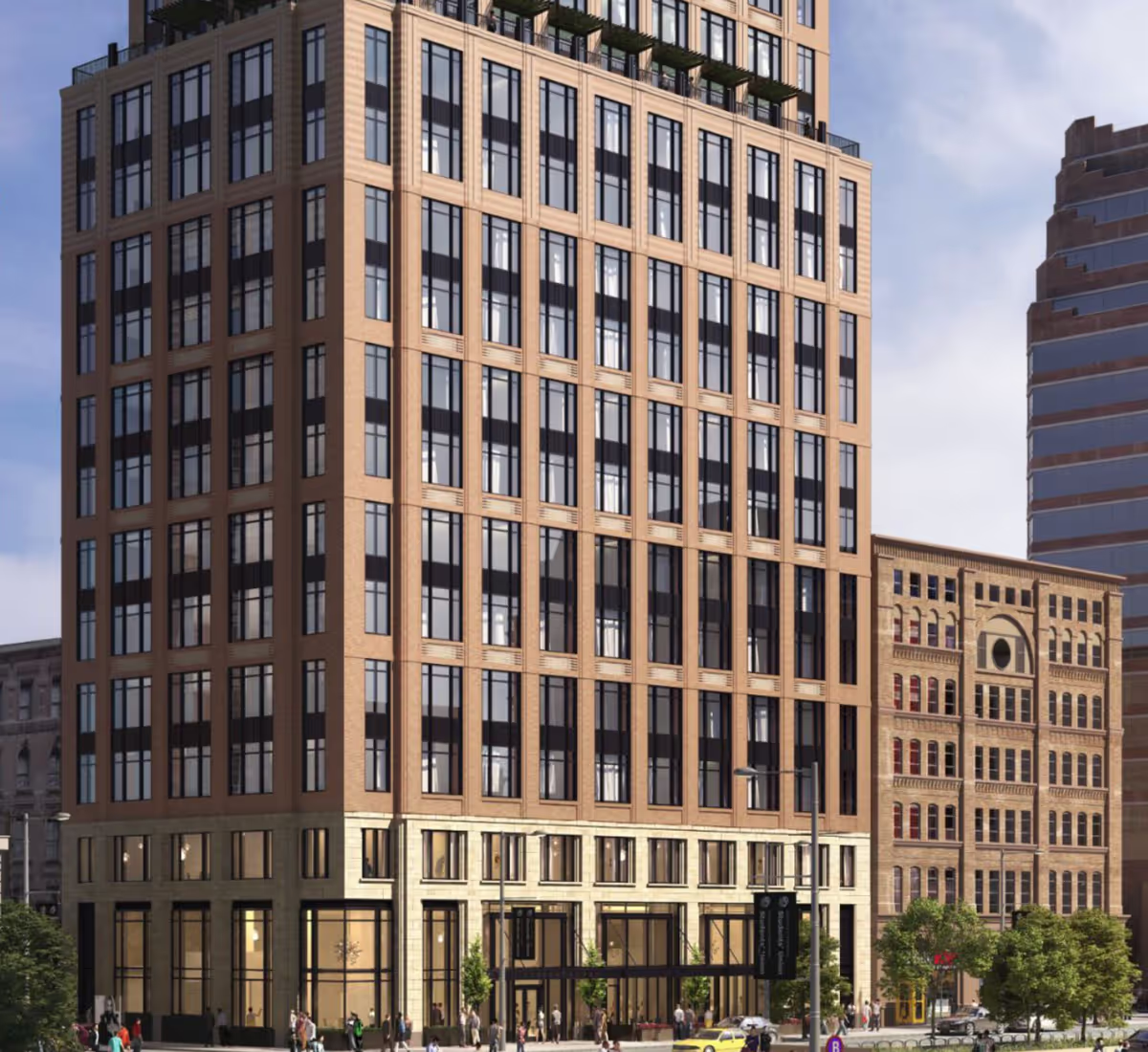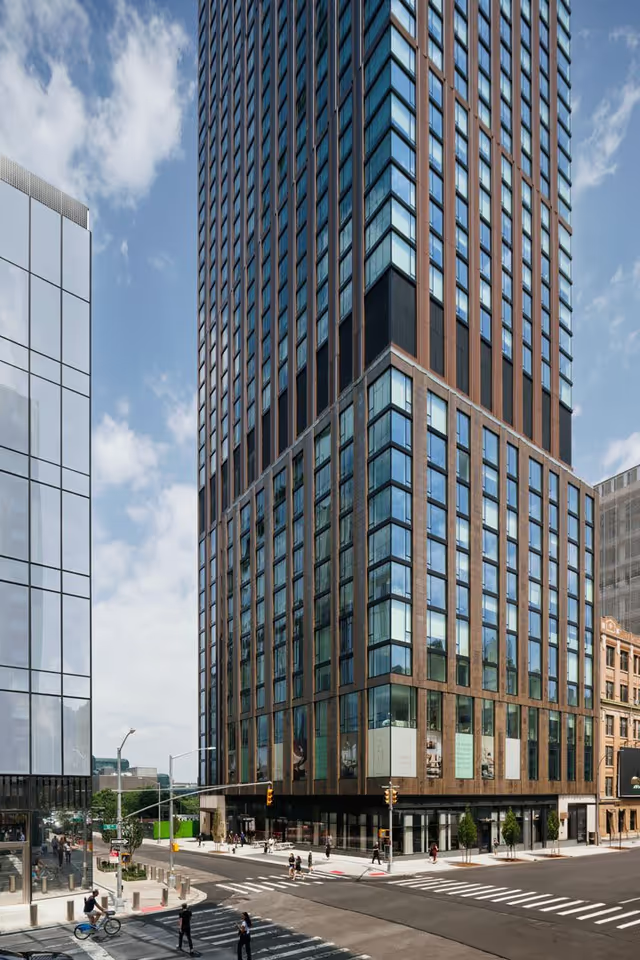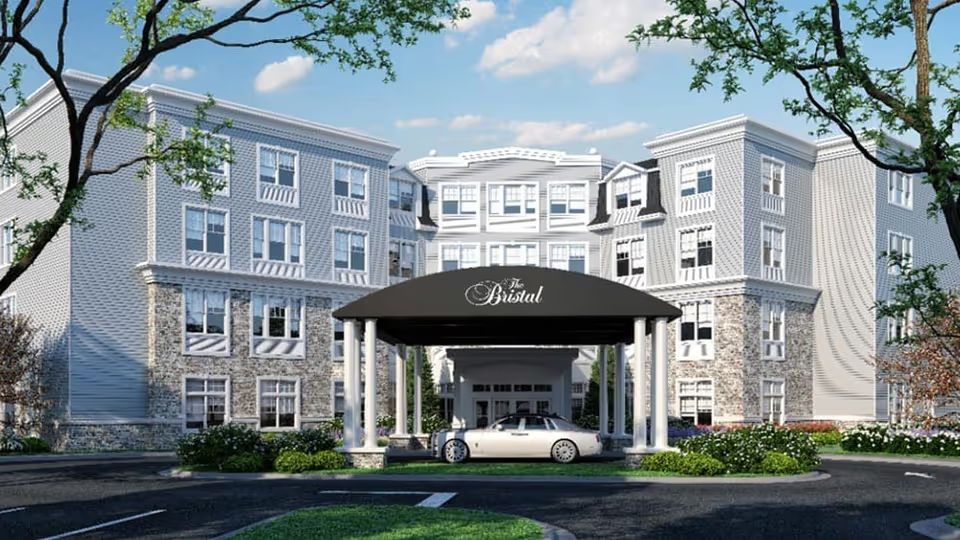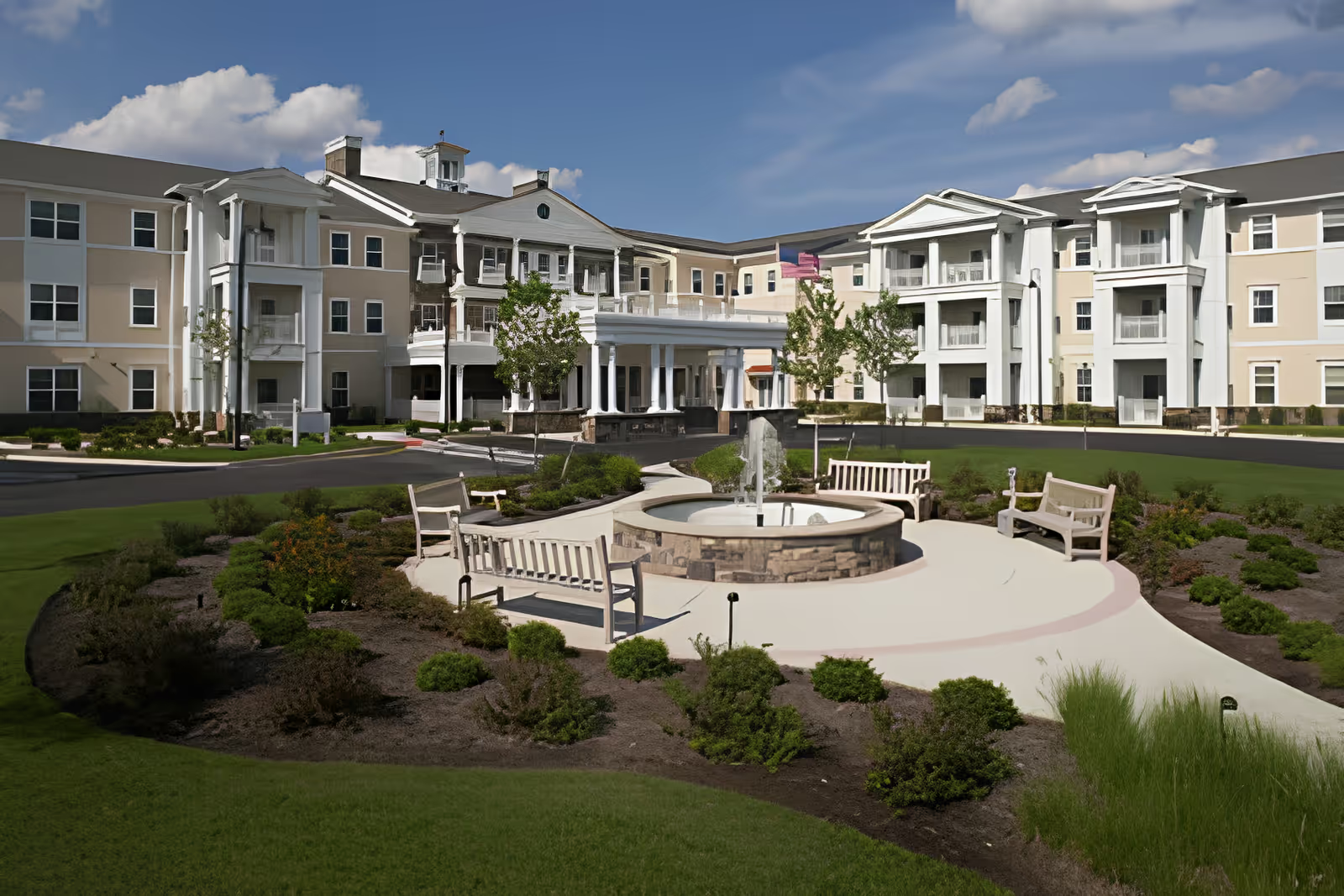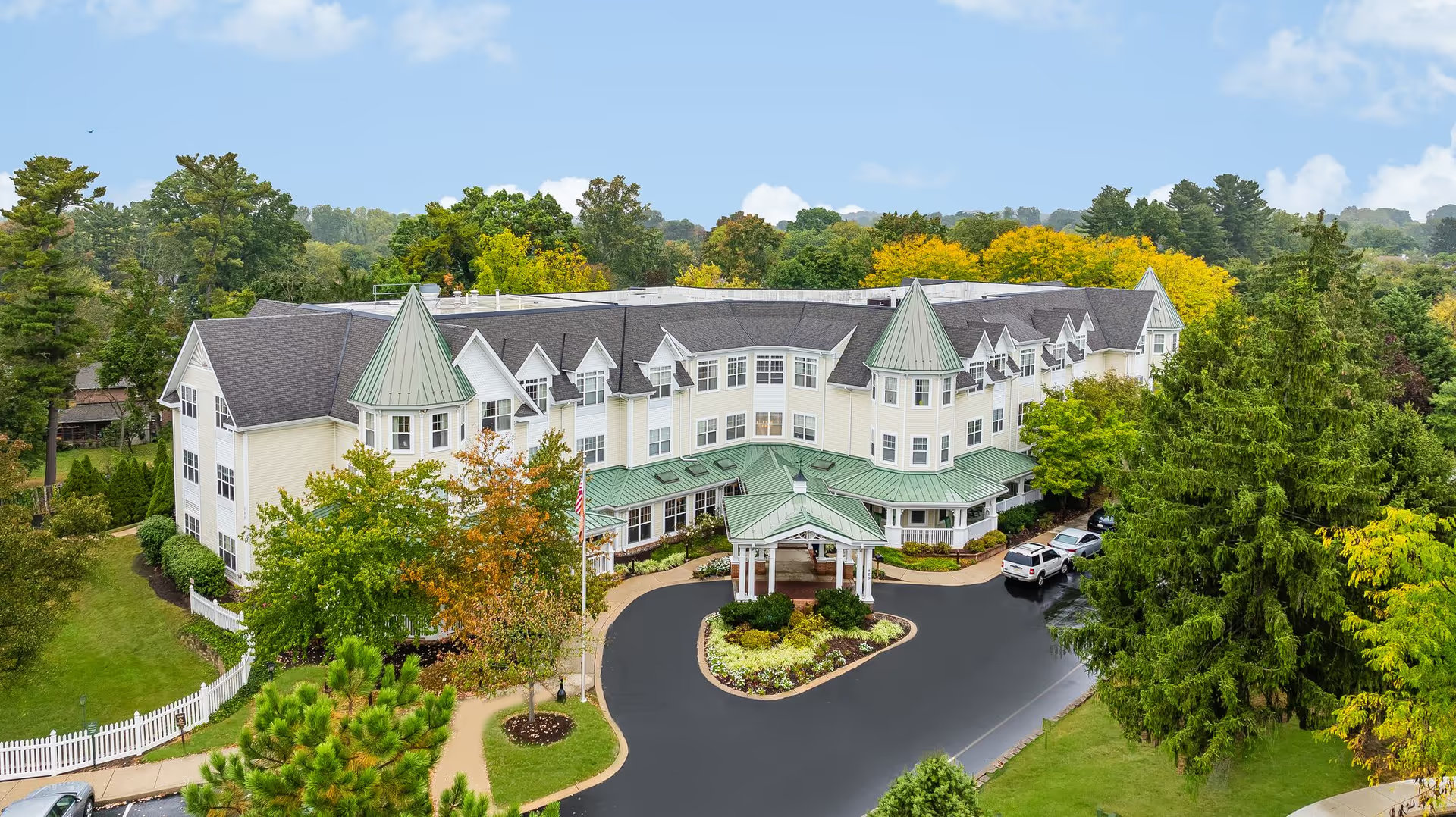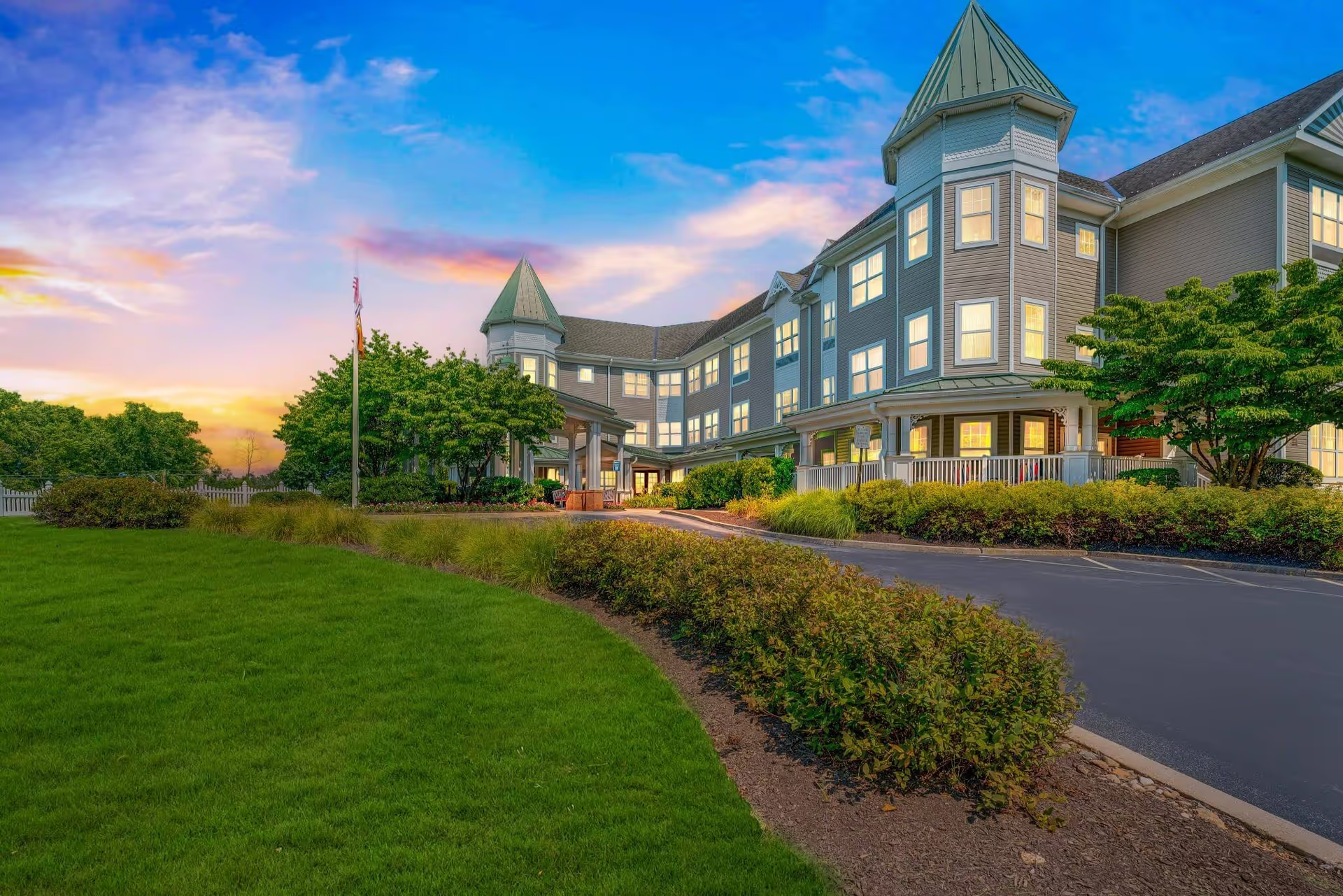The Johnson Home Residence stands as a three-story, brick building built in 1829, with a basement, first floor, and second floor, right at 100 Town St. near the Green in the Norwich Town district, so about two miles north of the city center, and it has a long history, having opened in 1907 as a residence for aged and needy Protestant women, once serving as an inn. This home, which operates as a nonprofit, is tied in with the Connecticut Department of Public Health for licensing and now belongs to a growing group of care homes owned by Manosij Roy, all managed under R&R Care Operations. Renovations and upgrades are taking place to bring everything up to code and to meet state standards, with the plan to keep the historic character, even if that meant turning down the idea of dividing larger suite rooms just to preserve the way things always looked and felt inside. The Johnson Home houses up to eleven elderly women in semi-private or private fully furnished rooms, set up to feel home-like, and it has a policy that tries not to put too many restrictions on residents.
The staff supports residents with daily tasks like bathing, dressing, and getting around, taking care of meals-including special diets and diabetes-friendly options-laundry, housekeeping, and medication management, while offering 24-hour supervision and a call system in case help is needed quickly. There's a dining room with all-day dining, kitchenettes in rooms, cable and wifi, emergency alert systems, and plenty of common areas, like gardens and walking paths, a barber and salon, an arts room, cozy sitting spots, and outdoor spaces where residents can enjoy some peace and maybe watch an electric car go by from time to time. The Johnson Home recognizes how important pets can be for comfort, so it allows residents to bring animal companions, and the place welcomes all sorts of activities like community-sponsored events, group outings, movie nights, and chances to spend time in the garden. For seniors who need temporary care, The Johnson Home offers respite stays that give families a short break, and with move-in coordination, new residents can settle more easily. Transportation can be arranged for appointments and shopping, and there's always someone available to connect with healthcare providers if extra medical attention is needed. The home provides educational resources for families, help with decisions about care, and gives residents either privacy or the opportunity to socialize, depending on what they prefer, and the staff tries to make things as comfortable and supportive as possible in an environment shaped by years of tradition.
